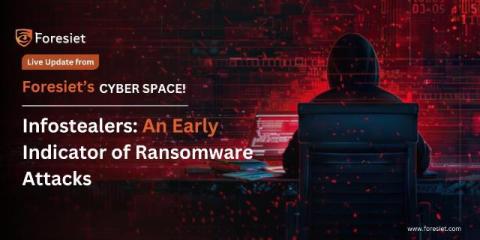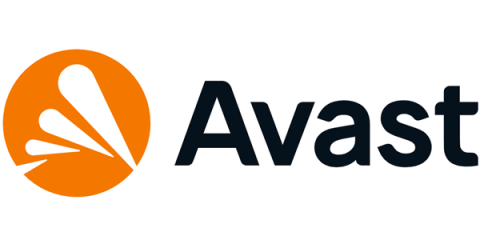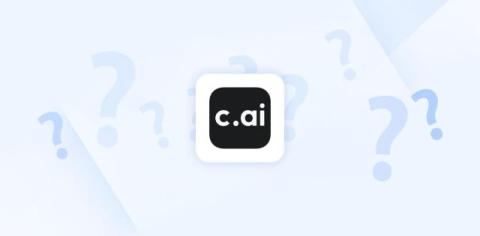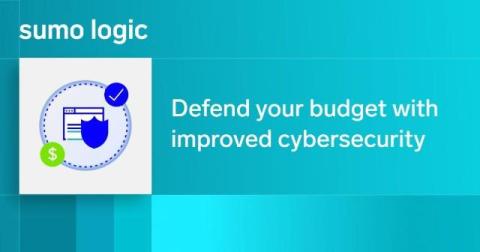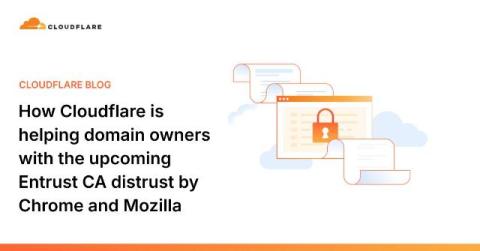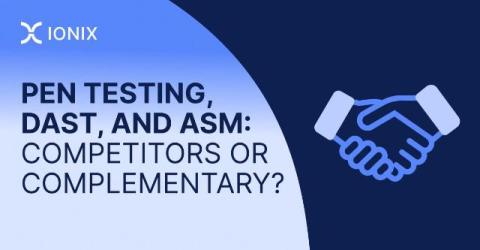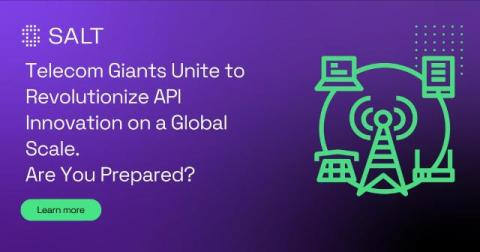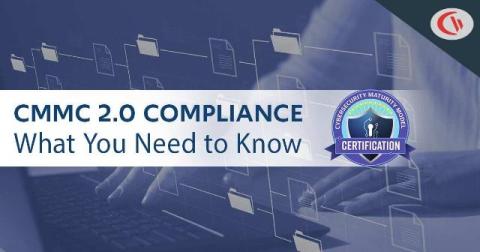Infostealers: An Early Indicator of Ransomware Attacks
Cybersecurity experts are beginning to notice a recurring pattern: many companies that fall victim to ransomware attacks first experience infections from infostealers. These malicious tools are designed to siphon sensitive information from systems, but they might also serve as an early warning for defenders, providing the opportunity to act before a full-scale ransomware attack occurs.


